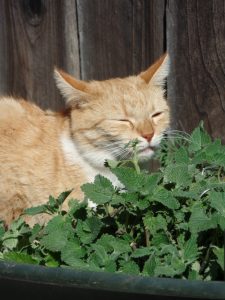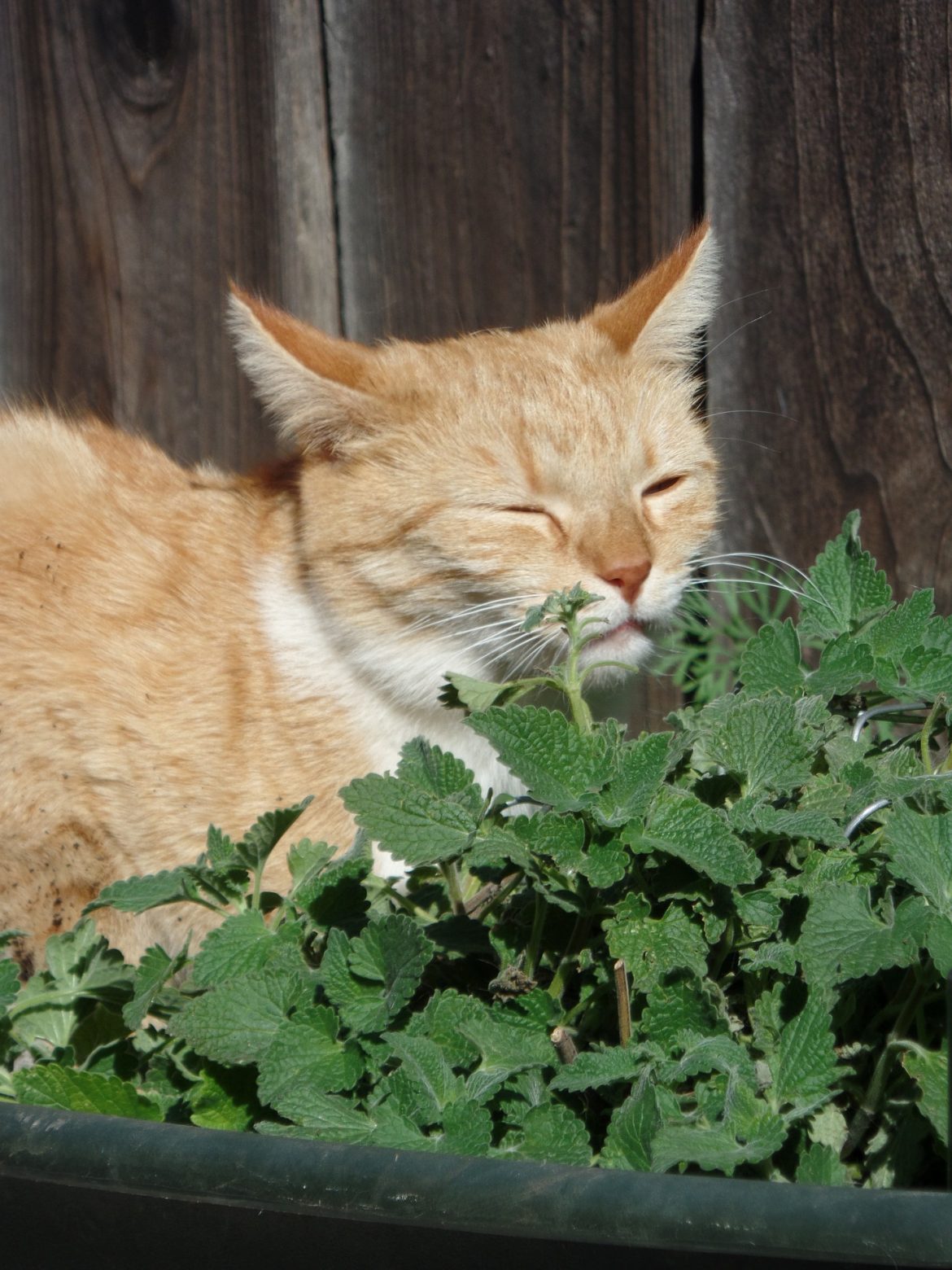With a cornucopia of plants set to bloom in spring, now is the perfect time to explore the question: “How does catnip affect cats?”
As it turns out, catnip can be part of an overall healthy regimen for your cat. Just like you might take your furbaby to the vet, hire a local Cat Sitter when you’re away, and give your fluff ball all the love in the world, using catnip can help you create a more stimulating and fun environment for your cat.
But before you run out to your local pet store, here are some useful insights into the world of catnip.

Let’s start with the basics: what is catnip?
A member of the mint family, catnip is an herb native to Europe, Africa, and Asia. Before it was a cat treat, this perennial herb was used as a medicinal tea, treating various skin diseases. Some believed that it impacted human behaviour, as well: catnip tea was intended to encourage assertiveness and courage. While there’s not much science to back that up, catnip is still used today as a calming tea.
Catnip is also a great addition to gardens. Its lovely flowers attract butterflies and bees, and it keeps rodents away.
What you find in most pet stores is a dried version of the catnip plant. You can also purchase catnip seeds and grow it yourself at home. Whether dried or fresh, this age-old herb may stimulate your cat.
So, how does catnip affect cats?
For those that are susceptible catnip (and we’ll talk more about those who aren’t), the herb has a variety of effects.
According to the cat experts at Cat-World, when your cat inhales or ingests one of the key chemicals in catnip, they experience a neurological response in the brain. Because all cats are unique, there are a variety of different behavioural responses. Some cats will become more active, running around the house like crazy and hunting everything in sight. By contrast, others will kick up their little paws and relax. Many hit the floor and roll around happily.
For most cats, the effects last about 10 to 15 minutes, and there are no lasting effects. And, while it seems to good to be true, cats are not at risk for addiction to catnip. You can give your cat this herb as much as you’d like and your kitty will be able to decide when enough is enough.
Do all cats react to catnip?
Like we said – and our devoted Pet Owners already know – all cats are unique. Some cats don’t react to catnip at all. The estimates change frequently, but the most recent statistics guess that about 64% of kitties are susceptible to catnip.
Hold on, though – that statistic may not hold true in Australia. Surprisingly, a higher number of our kitties seem to be immune to catnip. This is because catnip sensitivity is hereditary. The genes for catnip euphoria are just not as common in our kitty population, and we don’t import cats as freely as some other countries.
That said, catnip sensitivity is a dominant gene. Even if fewer of our cats have the gene, it’s likely to become more prevalent over the generations. That means more hilarious catnip reaction videos may come out of Australia in the years to come.
How can we use this info to answer: how does catnip affect cats?
Now that we have a solid understanding of what catnip is and how it impacts our furbabies, we can talk about regular usage. If you’ve got a cat who just loves the stuff, here are a few ways it can become a positive part of their routine:
- Sprinkle catnip on new or DIY cat toys, cat beds, or scratchers
- Begin play sessions with a bit of catnip to spike their energy levels
- When you leave the house, hide some stimulating catnip treats around the house to bust the boredom while you’re away
- Have new people, like friends or Pet Sitters, give your kitty catnip to help them build trust
- Prepare your cat for potentially stressful situations (like bath time or vet trips) with a bit of catnip and playtime
Catnip is a natural, non-harmful herb that can really benefit your kitty. So the next time you’re at the pet store, buy a small amount and prepare for a fun trail run with your cat. You may just have a whole new way to bond with your furbaby!

